0 Comments
Created by designer ‘Istvan’ of Chaotic Atmosphere, these geometric insects are a beautiful exercise in fictional biology, code, and digital illustration. The collection of nearly 100 organisms with day/night variations is titled Biotop from Polygonia was made in Cinema 4D using random values within parameters designed by Istvan. You can see the full series over on NeonMob, a digital platform for discovering, collecting, and trading art online. (via Colossal ).
Photo credits: ©folicallychalled
|
Blog Archive
|
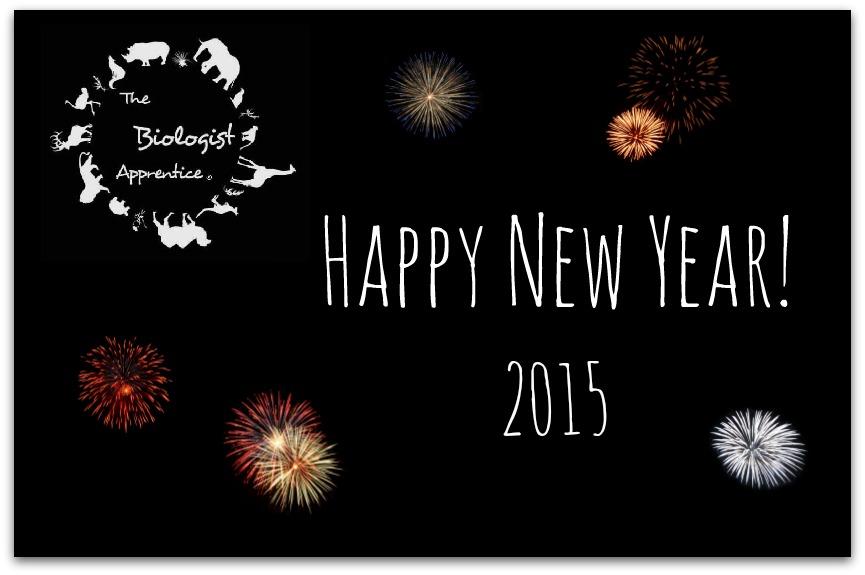
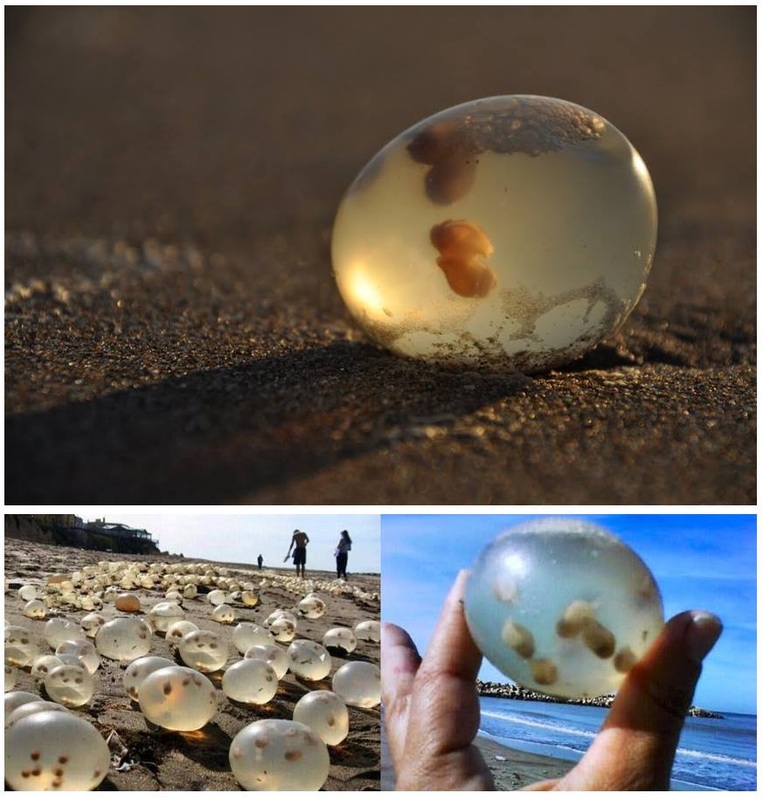
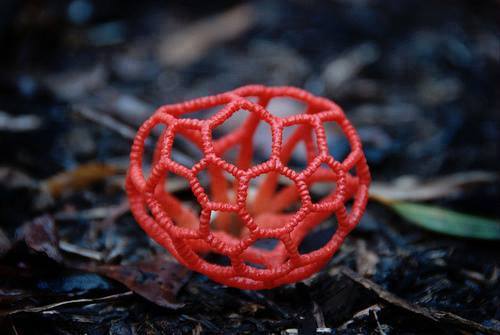
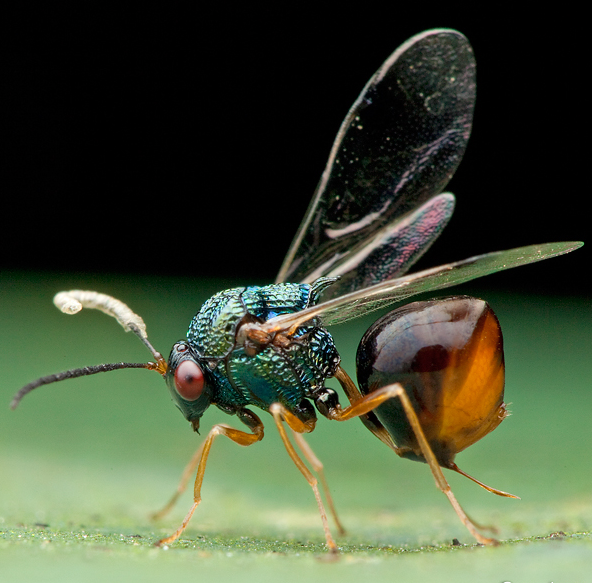
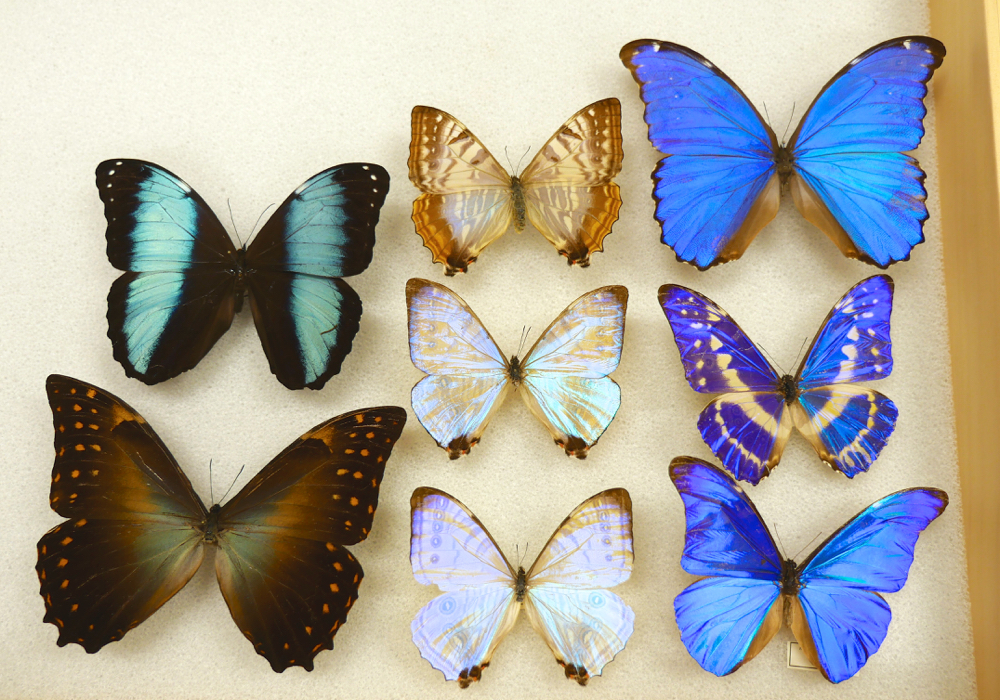
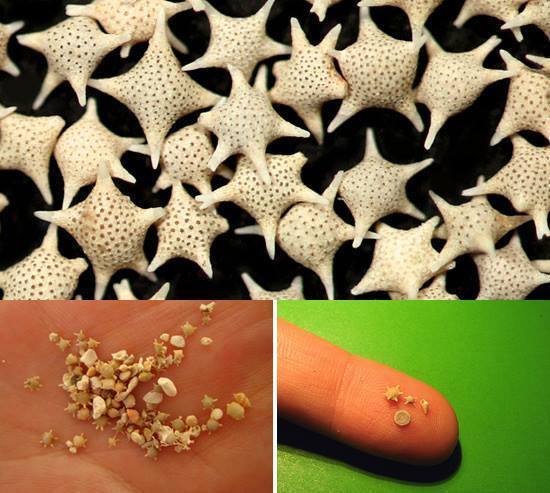
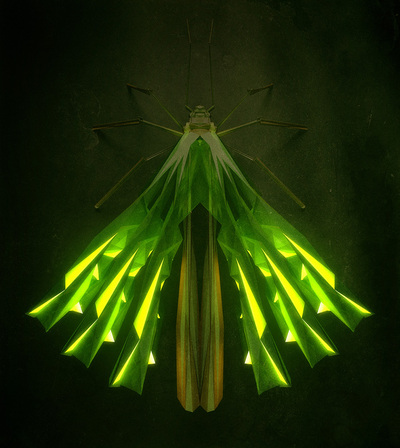
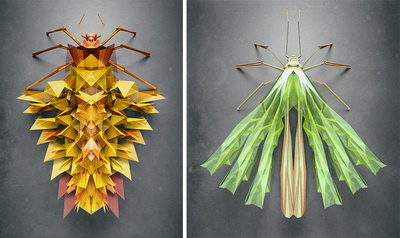
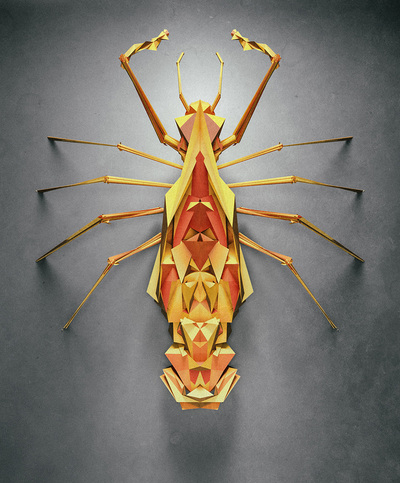
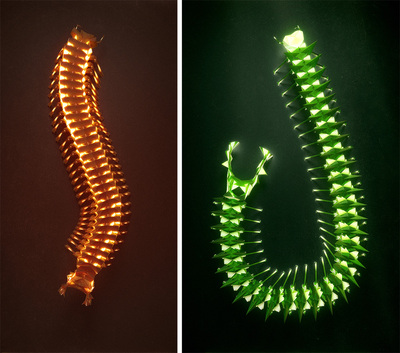

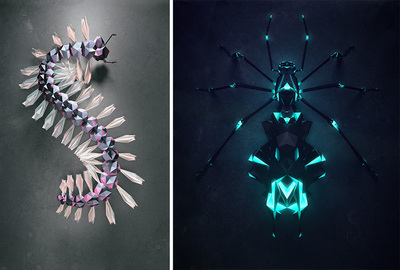
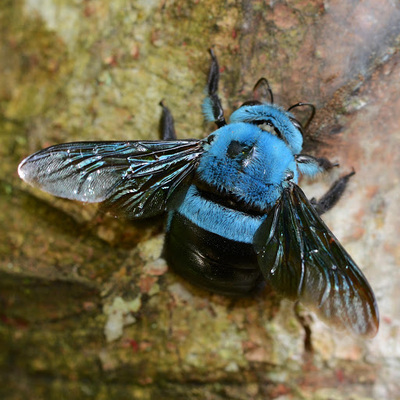
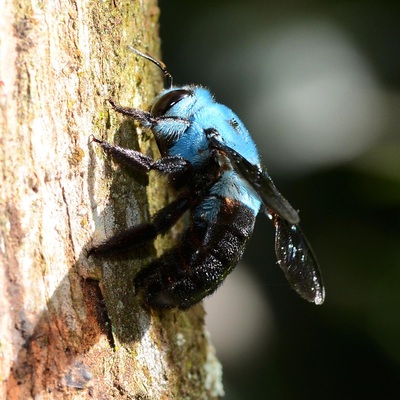
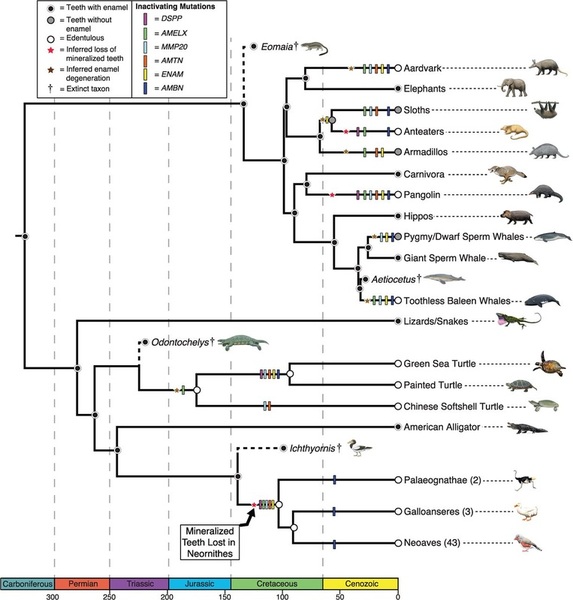
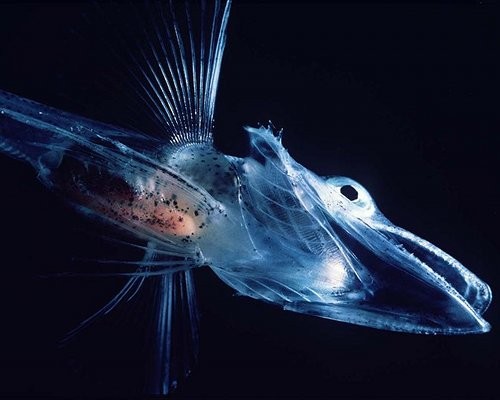
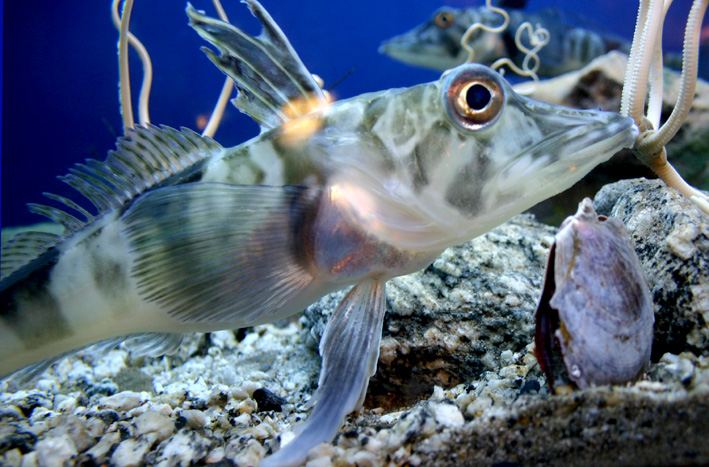
 RSS Feed
RSS Feed
